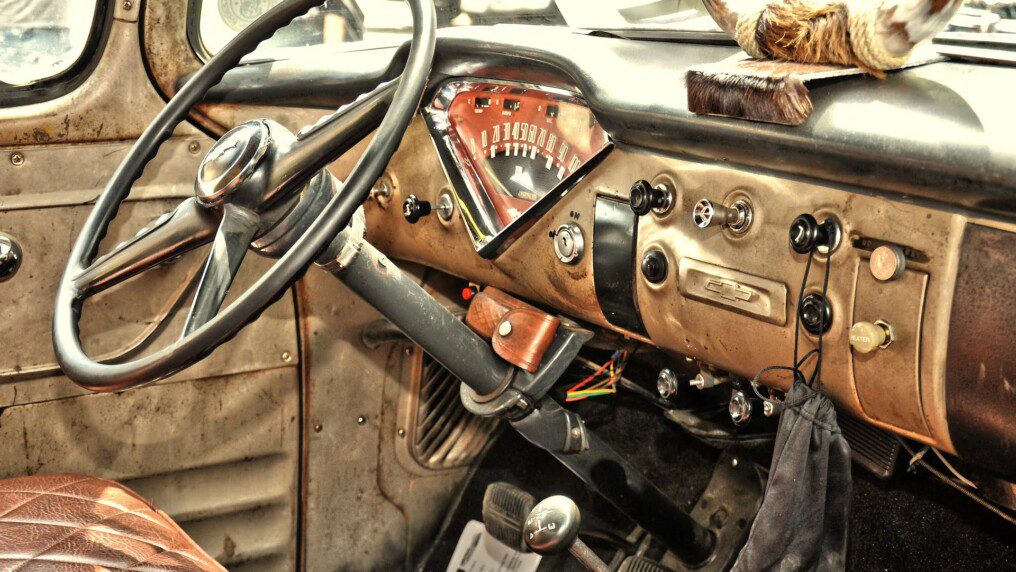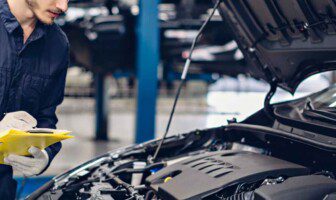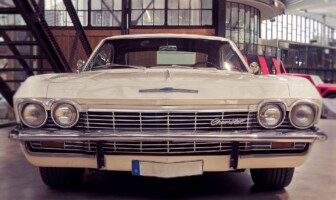
Want a car but don’t want to burn a hole in your pocket? You may have already seen the list of new cars in Sharjah and realized that the answer is obvious – buy used cars and save yourself from breaking the bank. But, how do you know whether the used car you want to purchase will serve you well?
Naturally, there are risks when it comes to buying a secondhand car but as long as you use logic and not emotions, you will walk away with a great deal.
Here’s a short 7 point checklist so that you can evaluate any used car and make the right choice.
- Check the engine for leaks, oil level, exhaust smoke, and oil level
- Test out the gearbox and clutch to see if something rattles and test the clutch biting point
- Investigate the undercarriage and the outside with a critical eye
- Evaluate the interiors and electronics thoroughly
- Check the condition of the wheels and tires
- Take it for a test drive
- Peruse all the documentation
Let’s do a deep dive into each point on the checklist
1. Checking the engine
The engine is the most important part of the car. You must ensure that there are no irreversible damages to the engine.
Look for leaks
A well-maintained car should not have any leaks. Check the underneath of the car to see if there any signs of the oil leak. If there is any oil on the road or sludge, it could be a sign of a leak. Open the bonnet and check the engine for any other leaks. Check for any brown or black liquid. This is usually a sign of an oil leak. Some leaks can also green, pink or yellow which is a sign of the coolant leaking. Any liquid that you see should be investigated further before you think of purchasing the used car.
Check the oil
Make sure the dipstick reading is at the right level and the oil is not discolored or the wrong consistency. Also, check for dirt or grime as this may be telling of a badly maintained vehicle.
Head Gasket Check
This is a thin part that lies between the lower and upper parts of the engine and prevents the coolant and engine oil from entering the cylinders of the engine.
If the head gasket has started leaking, it can cause a lot of problems like loss of power, bad sounding engine or total engine failure so it is vital to check the head gasket. When the engine is cool, remove the oil cap from the top of the engine. If there is white or light brown sludge that looks like mayonnaise, you may be looking at a blown head gasket. If this is the case, you should consider other cars.
Color of the exhaust smoke
Turn on the engine and inspect the smoke coming out at the back. A little bit of smoke during the start is nothing to worry about but if you see blue smoke, the engine is burning oil. This indicates that the oil is getting into the cylinders implying a blown head gasket or problems with internal engine seals. If you see excessive white smoke, this could mean a blown gasket and that the coolant has entered the cylinder and is being burned with fuel. Black smoke is also a bad sign. This means too much fuel is being burned but this is an easy fix. If you still want to go ahead with the car, you should have an expert examine the car.
2. Checking the gearbox and the clutch
To check these, you have to take the car for a test drive to ensure the clutch biting point is in the middle of the pedal’s travel. If you have to slam your foot on the pedal, it could be indicative of an issue. Also, check and see if you are able to change gears easily. If it gets stuck, the gearbox will need a bit of attention.
3. Check the undercarriage and the body
Do a visual inspection of the car to see if the car has been in any accidents by noticing any paint jobs, dents, and scratches. Check for panel gaps, door seals and if the front has been chipped. Also, check the underneath of the car to see if there are any rusting or leaks.
4. Checking the wheels and tires
Make sure the used car has a decent set of tires. If the tires aren’t in good condition, you may have to shell out some money to purchase new ones. Make sure all the four wheels are in good condition as well and see that there is a spare.
5. Checking the interior
The interior of the car will also help you ensure the mileage is trustworthy. If the interiors look dated and worn out, the car may be older than you may have been led to believe. Inspect the seats, belts, and electronics inside. The heater, AC and other features must work as intended. You should also check the boot space, mileage, and warning lights. If something is off, you can ask the seller to reduce the price.
6. Test Drive the used car
Apart from the visual checks, you should also take the car for a spin. This is the real test for the used car to see if you actually like it enough to buy it. Well, maintained used cars feel as good as new cars and after taking the test drive you may not even look at exploring new cars in Abu Dhabi.
7. Documentation
This is probably the most important part of buying a car. Make sure all the registration and servicing receipts is in place. If you find important documents missing, it is not worth pursuing the car.
If you’re buying a used car on your own, make sure to inspect each and every detail. You can insist on the seller fixing major glitches or bring down the price. Or, you can always leave all of the heavy liftings to CarSwitch. CarSwitch evaluates each used car with a 200 point checklist and arranges for a viewing so that you can get a closer look and drive the car of your dreams home.
Read Also:




























